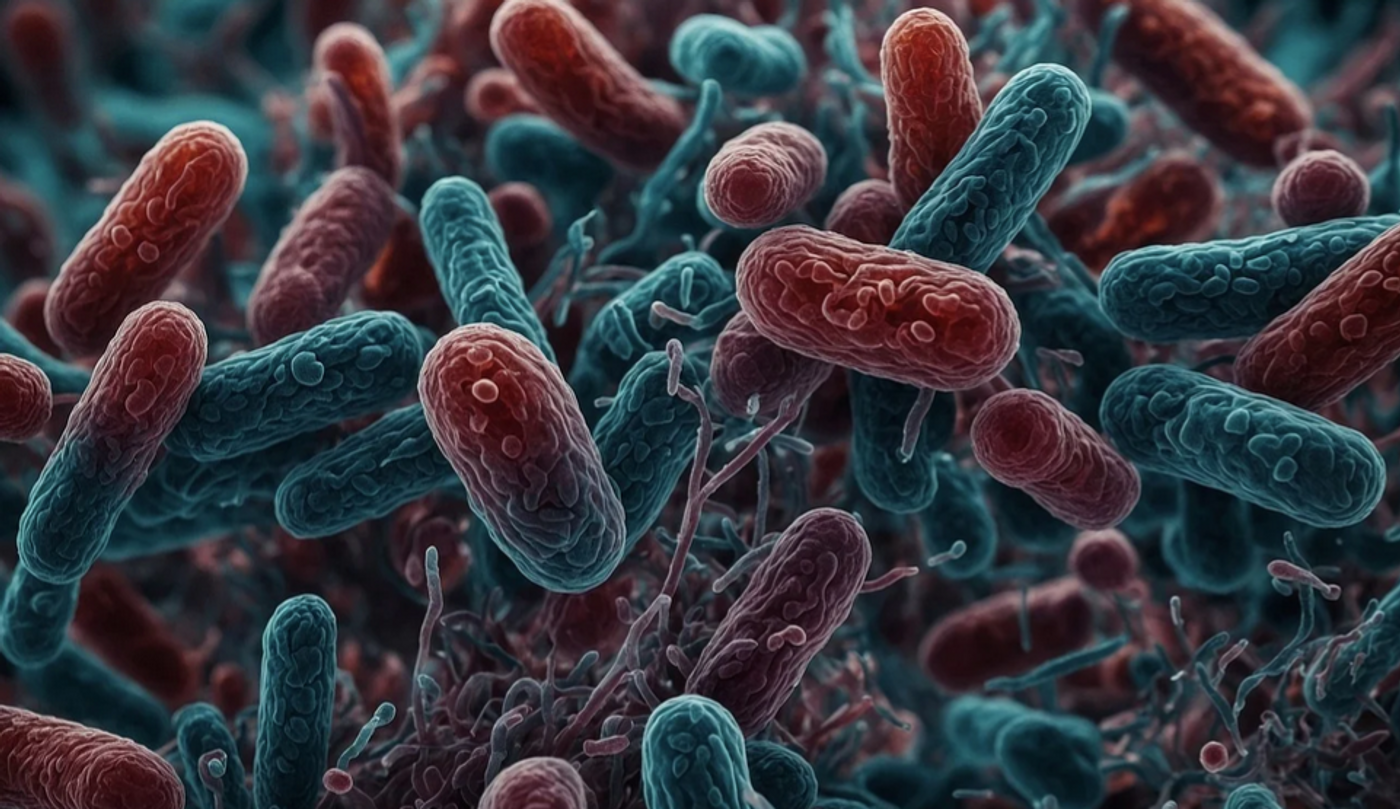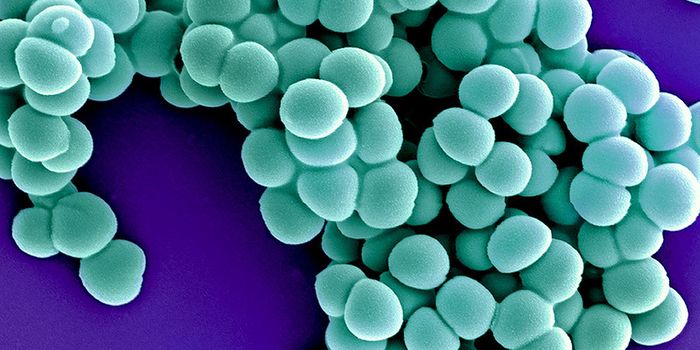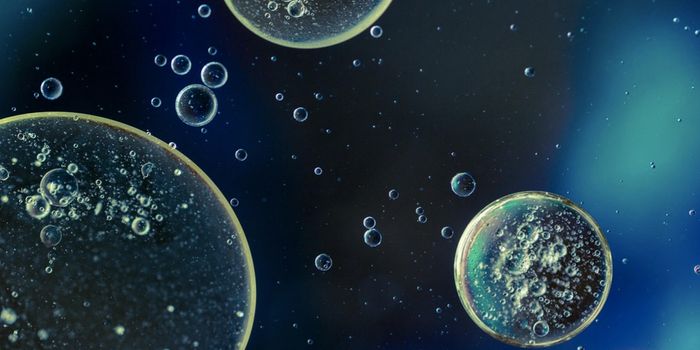Studies Find Evidence for Inherited Bacterial 'Memories'
New research studies have demonstrated that bacteria are able to retain 'memories' of temporary, short changes to their cells and environments. These memories are not related to changes in the genetic sequence, but instead involve changes in gene regulation or nutrient levels, according to the reports. These changes are also passed down to offspring for several generations. One new study of bacterial memory that relates to an unusual use of gene expression has been reported in Science Advances.
“A central assumption in bacterial biology is that heritable physical characteristics are determined primarily by DNA,” noted senior study author Adilson Motter, a Professor at Northwestern University, among other appointments. “But, from the perspective of complex systems, we know that information also can be stored at the level of the network of regulatory relationships among genes."
This research may have far-reaching implications; for example, scientists may be able to use new information about these regulatory networks to disrupt antibiotic resistance.
Escherichia coli (E. coli) has many forms, and non-infectious, non-pathogenic strains of the microbe are commonly used for a variety of purposes in the research lab; the microbe is like a workhorse. All of that research use has also made it a very well-characterized organism. Scientists were able to leverage that knowledge in this study, because the regulatory network of E coli genes is known in detail, said Wytock.
With computational tools, the scientists modeled the deactivation and reactivation of various genes, individually. Transient changes were found to produce lasting differences, which were then sustained by multiple generations, according to the model. More research is now being conducted to validate these predictions with microbes in the lab.
The investigators propose that the deactivation of one gene in the network can lead to a domino effect that changes multiple genes. This cascade of changes may be sustained by circuits that remain the same regardless of new influences.
“It’s a network phenomenon,” said Motter. “Genes interact with each other. If you perturb one gene, it affects others.”
Other changes beyond those related to gene expression may have a similar impact. “We also could have changed the cell’s environment,” added Motter. “It could be the temperature, the availability of nutrients or the pH.”
Another recent study reported in the Proceedings of the National Academy of Sciences (PNAS) has also suggested that bacterial cells can retain memories related to nutrient levels. In this case, the investigators determined that bacteria develop survival strategies when living in a colony of millions of cells. These strategies, which involve changes in iron levels, can also be passed down to future generations.
The research showed that iron levels can act as a kind of information storage method in E. coli, which are activated when certain conditions are met.
Large colonies of bacteria can improve their movement, or swarming over time, when growing on a surface. This can be seen in the video below.
"Bacteria don't have brains, but they can gather information from their environment, and if they have encountered that environment frequently, they can store that information and quickly access it later for their benefit," said lead study author Souvik Bhattacharyya, a provost early career fellow at The University of Texas.
Bacterial cells often carry iron, an abundant element that has long been used by cells. Studies have indicated that when bacterial cells have low iron levels, they are better at swarming, while bacteria that form dense, stationary mats called biofilms have high cellular iron levels. These so-called memories stored in iron can be passed down to multiple generations.
If environmental iron levels are low, memories in bacteria might be activated, causing the microbial cells to swarm rapidly and seek an environment with more abundant iron. High iron levels, on the other hand, might cause bacterial cells to settle down; the iron source seems to be abundant, and they can form a thriving biofilm in that high-iron location.
"Iron levels are definitely a target for therapeutics because iron is an important factor in virulence," Bhattacharyya noted. "Ultimately, the more we know about bacterial behavior, the easier it is to combat them."
Sources: Northwestern University, University of Texas, PNAS, Science Advances









